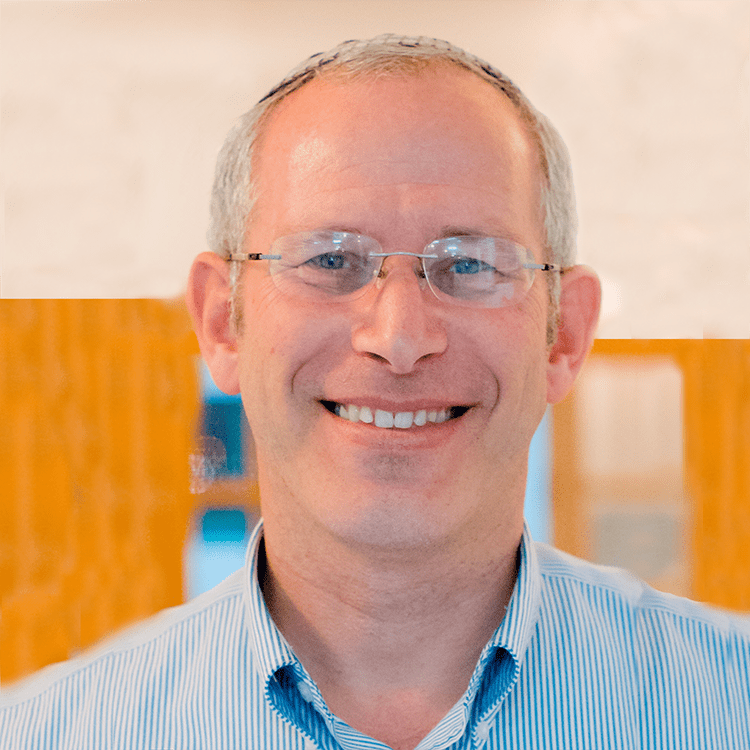
From the Editor: Winter 2020
When the open classroom was introduced in the 1960s it did not gain significant traction in the broader educational community and it was rare to find Jewish day schools adopting it. By contrast, 21st century learning, propelled by dramatic advances in technology and revolutionary changes in the workplace, has gained a foothold to some degree in nearly every Jewish day school.
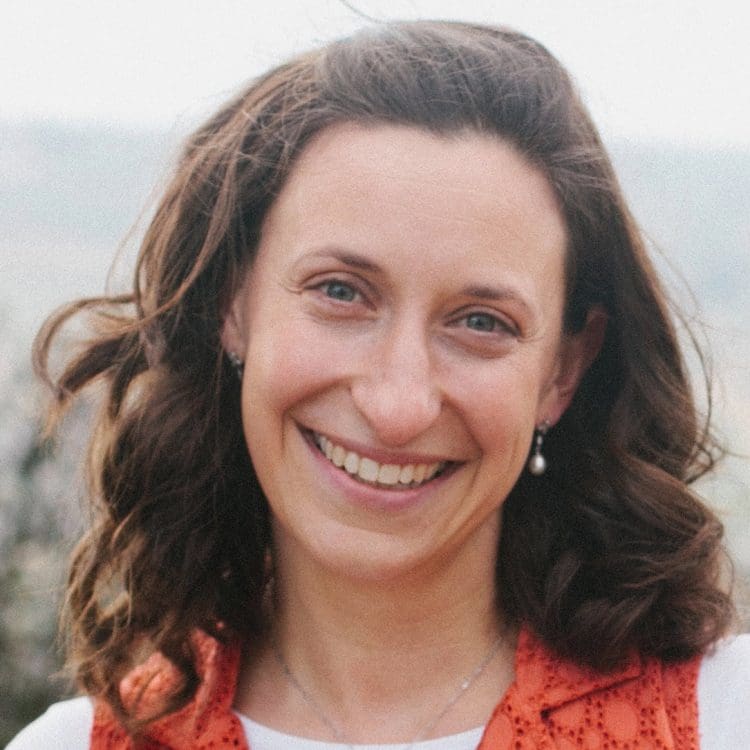
The Room is the View: Transforming Spaces
Working in the formal school setting taught me to meet benchmarks and standards, quantify achievement, and communicate content with precision and clarity. But the time I spent in the world of camp taught me about the importance and impact of relationships and social-emotional elements in reaching every child, pushing the bounds of my own creativity to teach meaningful, personal lessons

Successful Use of Building Design to Improve Learning
This article describes the innovations in use of space and building design of the AMIT religious network of schools in Israel. It is important to emphasize that space-design by itself will not accomplish pedagogic improvement; space-design is at most supportive to innovative pedagogy. Once we define our concept of learning, we can explore how spatial redesign supports and enhances it.
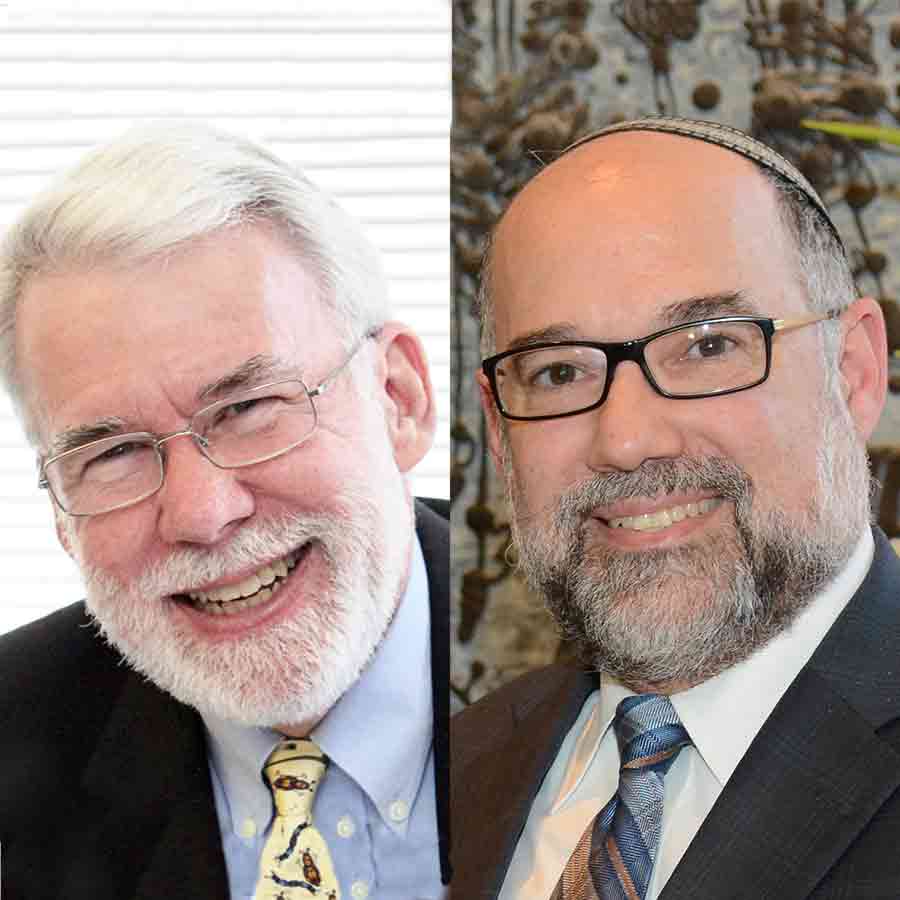
Ida Crown Jewish Academy’s 21st Century Campus
“I’ve never been in a school building like this!” “This looks more like a college campus than a high school.”
“What a beautiful structure, who thought of this?!” Since moving into our new campus three years ago, these are just some of the many comments we receive from visitors to Ida Crown Jewish Academy (ICJA). Why?
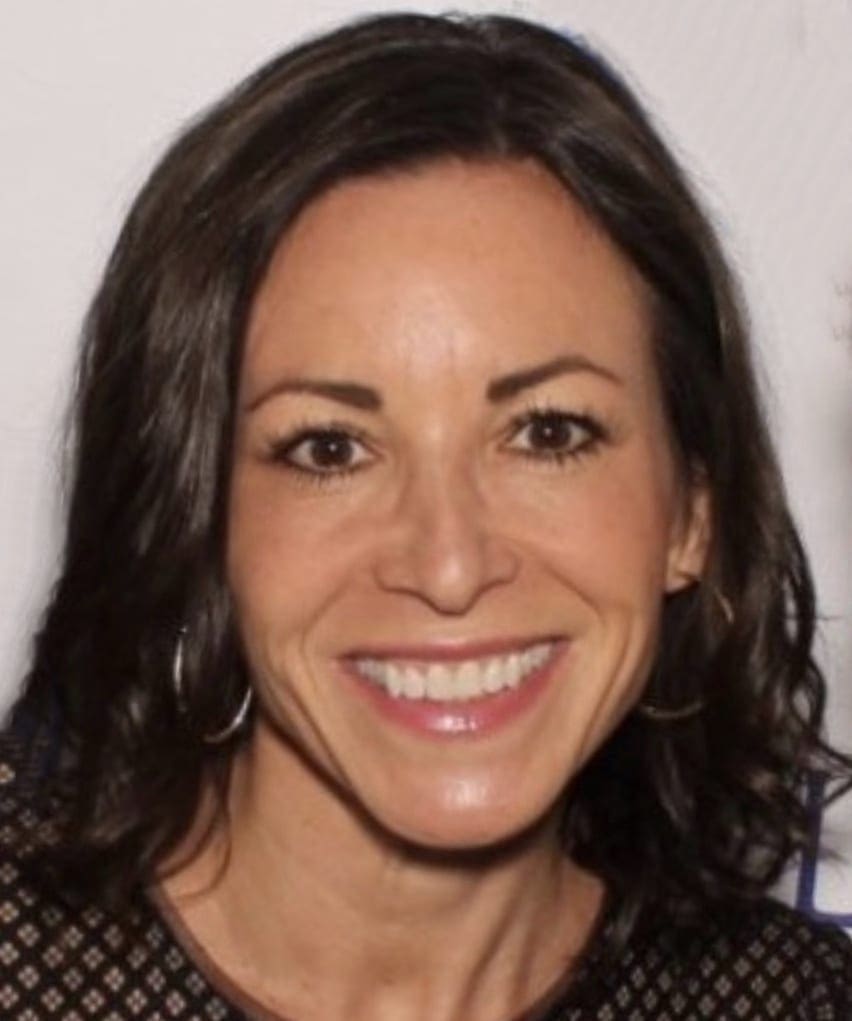
Space – Reflecting and Facilitating Core Values
Six years ago, when one entered Hillel Day School of Metropolitan Detroit, it felt vastly different than our current space. The once traditional and siloed building transformed over the course of a three-year renovation into a welcoming, bright school with flexible and creative spaces. Steve Freedman (former Head of School) and I, along with the Leadership Team, the architects (Fielding Nair International), and our generous donors, envisioned a school where space positively influenced student success, strengthened community,
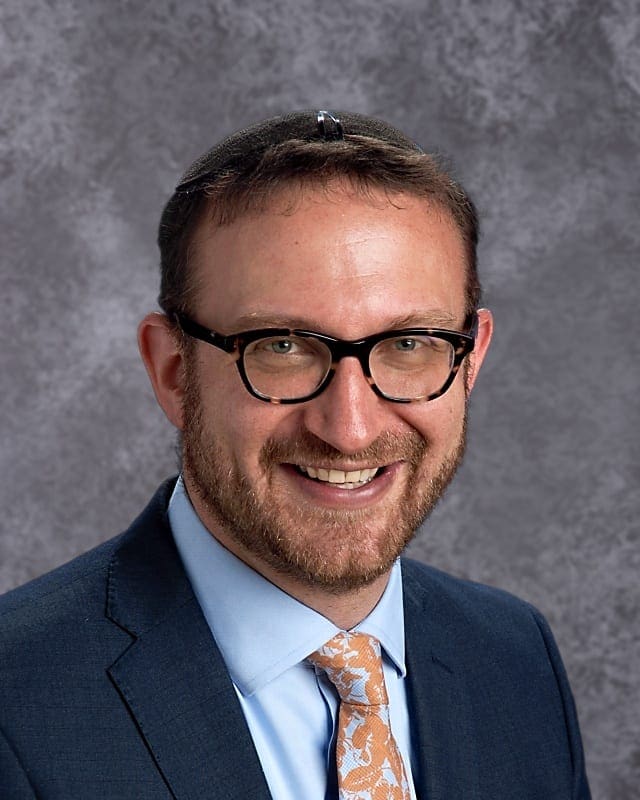
The Third Teacher: Student-Centered Design at Kohelet Yeshiva Lab School
In December 1991, Newsweek magazine ran a cover story entitled, “The 10 Best Schools in the World.” Featured prominently amongst them were the preschools in the previously unheralded Italian municipality of Reggio Emilia and directed by Loris Malaguzzi. It was Malaguzzi, one of the architects of what has become known today as the Reggio approach, who first referred to the environment in which children learn – the physical space in which they explore and grow – as the “Third Teacher.” He maintained that without ever speaking a word, the spaces we inhabit send us messages, convey values, and evoke emotions all of which enrich or inhibit our ability to learn.
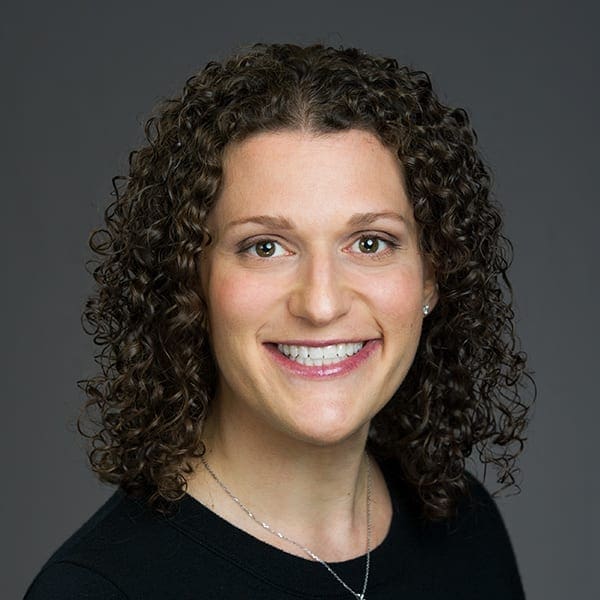
Where’s My Desk
A third-grade student transferred to Luria from a more traditional environment. On the first day, he approached the teacher and said, “Where is my desk?” The teacher explained that we don’t have assigned desks at Luria, but there will be opportunities for him to sit in lots of different places. He asked again with some anxiety in his voice, “but how will I know where to sit, how will I decide?”
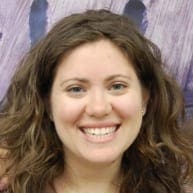
Transforming Classroom Space
Unlike a high school classroom dedicated to a single subject, elementary school classrooms transition between several functions within the course of a single school day. The space hosts a series of constants which can be rearranged in different permutations, and students understand it as a backdrop – something that sets context – for their engagement within; space and time unfold around them at first as a writer’s workshop, then a science lab, lunch spot, art gallery, mock Parliament, or lecture hall. Creating multiple, complex opportunities for learning within a single space requires as much flexibility as it does rigor.
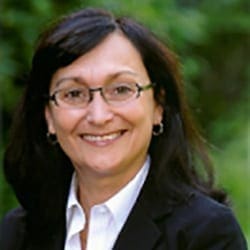
The Powerful Story of a Table: Building a Collaborative Learning Space
Innovation and change in any school can be difficult to accomplish and in the many small Jewish communities across North America, where day schools are struggling to keep their doors open, it can feel insurmountable. A diminishing and/or aging Jewish population along with limited financial resources can make change feel downright impossible. Yet, we have been able to do just that in our small community day school in Connecticut. In a school that once housed 230 students, we now serve about 60 families, about 80 students K-8th grade, and a preschool of about 20 children. We have made extraordinary change that has transformed our school, the quality of the learning experiences we offer our students and families, and our reputation in the community. And, it all began with a trapezoid table.

The Intersection of Learning Environments, Educational Technology and Human Interaction: A response to Zvi Grumet
In reading Rabbi Zvi Grumet’s summary of the core elements that run through this journal, this statement resonated deeply: ”The empowerment of students to be not only consumers of information but discoverers or creators, the conscious integration of communication and collaboration into learning, and the creation of environments which are adaptable to student needs and foster student flexibility are all part of this shift.”
Radical Exploration: A response to Estee Eisenberg Fleischmann
We are used to thinking about learning as a sequence of classes, workshops, visits – and that’s how many institutions design educational experiences. It’s true for most schools and for many Israel tours; Estee Eisenberg Fleischmann explains that it is not the case for camps – or at least Camp Stone, where they thought of “the entire campus as the classroom.



